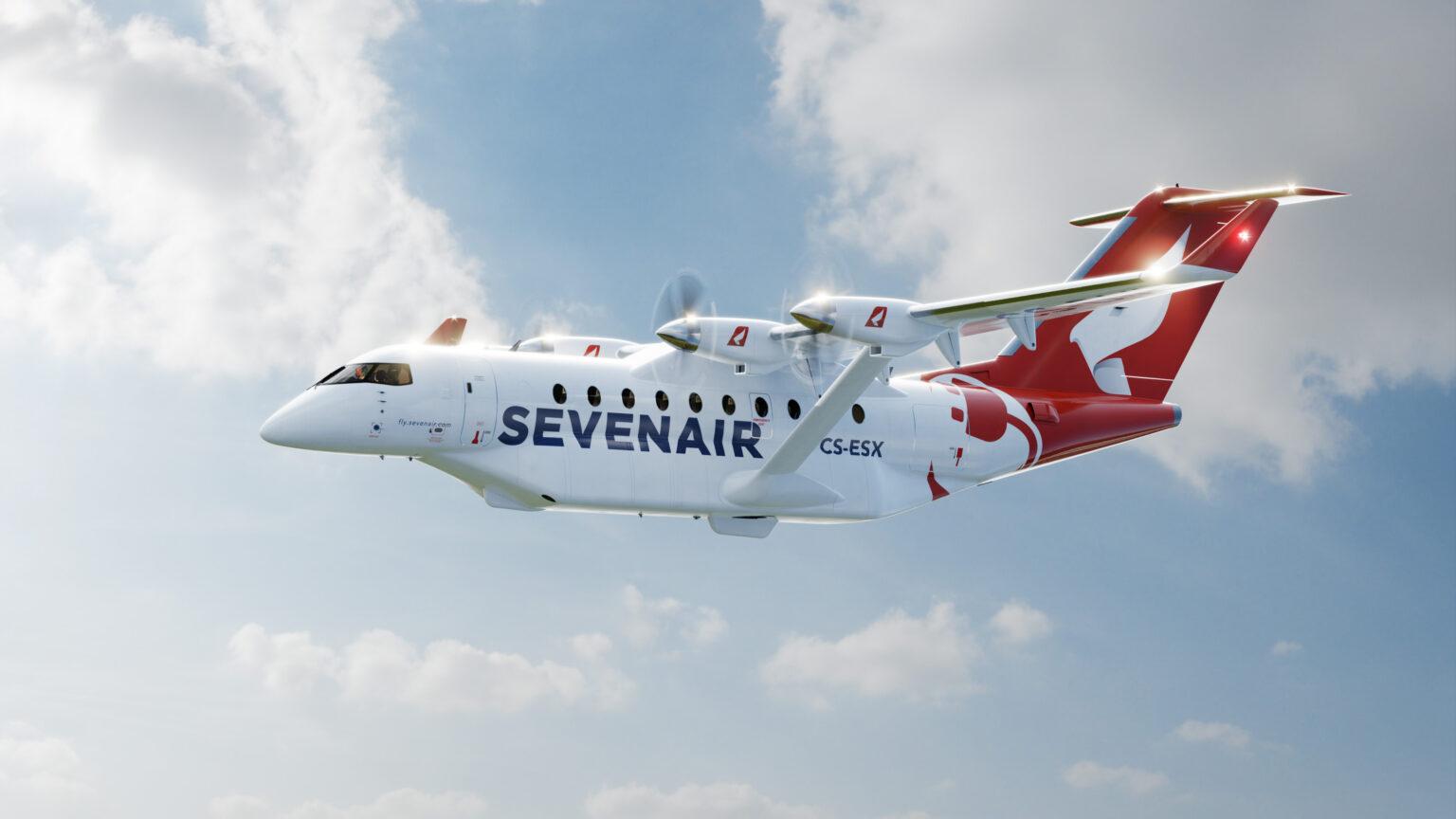UK Study Identifies 390 Viable Routes For AAM Service

ES-30
A study by a pair of UK researchers has identified up to 390 potential regional airport pairs that could be ripe for future commercial advanced air mobility (AAM) services.
The 390 potential AAM routes in the UK are spread among 32 smaller and regional airports, all members of the Regional & Business Airports Group (RABA), and do not include London and other large regional airports.
Critically, only 38 of the routes identified by the study were served by traditional aviation services in 2019, meaning there were 358 “unique” routes uncovered that could make sense from an economic standpoint but lack any commercial services.
The study identified a total addressable market of more than 5 million people who travel back and forth between the 390 city pairs each week, 82% of whom were traveling by car, according to Darrell Swanson, co-founder of consultancy EAMaven and co-author of the study along with Jarek Zych, another EAMaven co-founder.
“We found that 21% of those [5 million weekly travelers] are traveling for business by car, and those people are really the first target market” for regional AAM services, Swanson says. “If we can get them flying on a low carbon-impact aircraft, they save a lot of time and they save a lot of carbon. Basically, my motivation is to try and get people to make these decisions without realizing they’re benefiting the environment–while saving themselves a lot of time and money.”
To identify suitable city pairs for AAM, the study’s authors used mobile phone and mobility data to determine how many people were traveling between airport catchment areas each week, as well as the time of day, mode of transport and purpose of their travel.
“Once you reach a certain threshold of several thousand passengers traveling back and forth between this origin-destination pair, then basically that’s meeting the minimum threshold for a commercially viable service,” Swanson explained. “Then, basically, it’s just indexing which airports are going to get the most potential routes.”
Not all city pairs identified by the researchers would be suitable for all varieties of proposed AAM vehicles, however, mainly due to limitations associated with range and payload. For example, Vertical Aerospace’s VX4 eVTOL would be a viable candidate for 71 of the 390 routes, whereas Joby Aviation’s S4 tiltprop would work on up to 217 routes. Heart Aerospace’s 30-passenger ES-30 electric regional airliner, by comparison, would be viable on all of the routes identified by the study.




